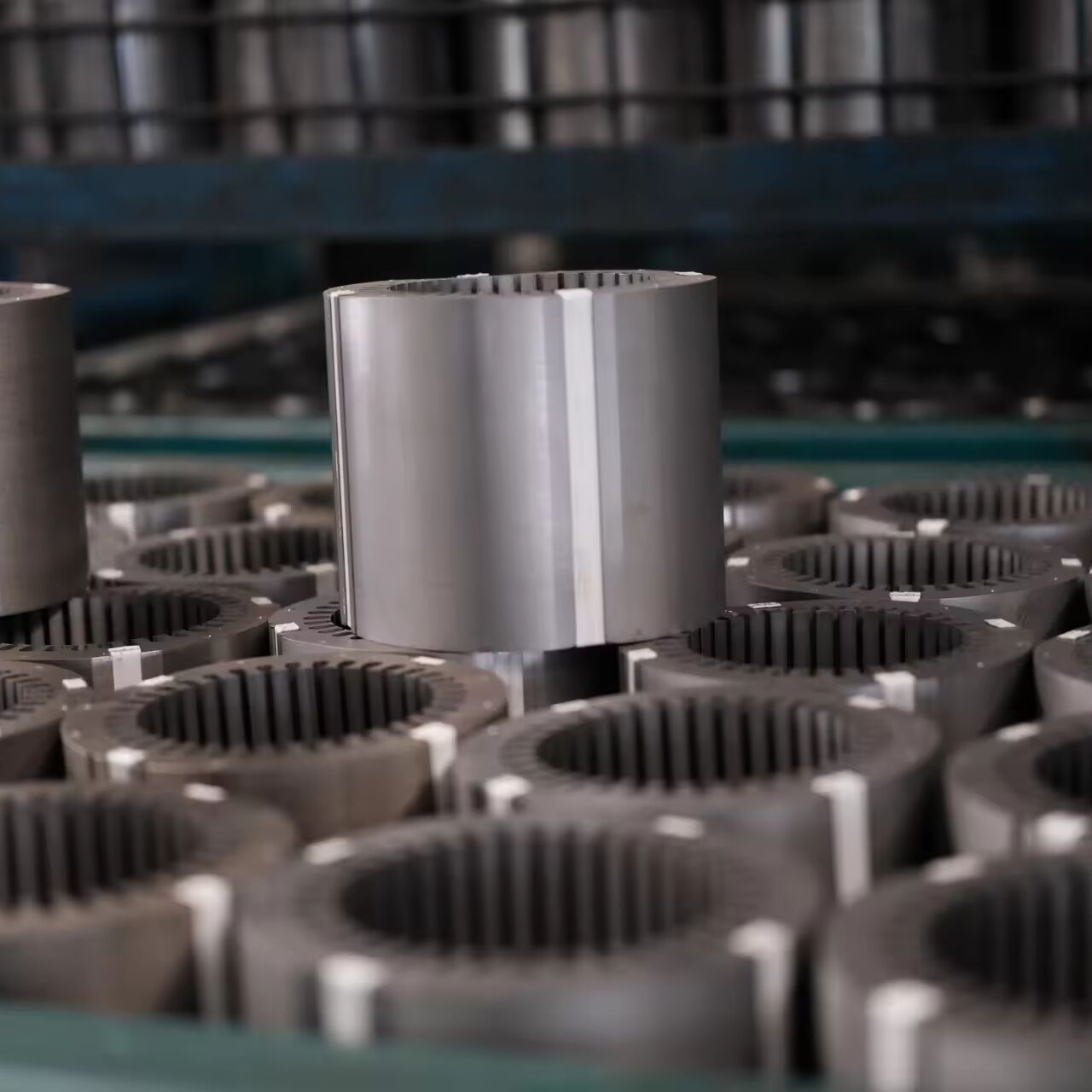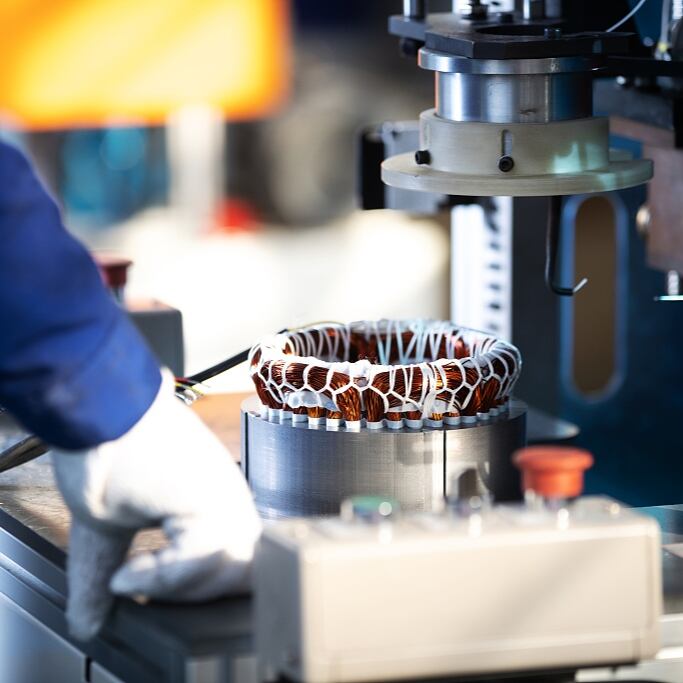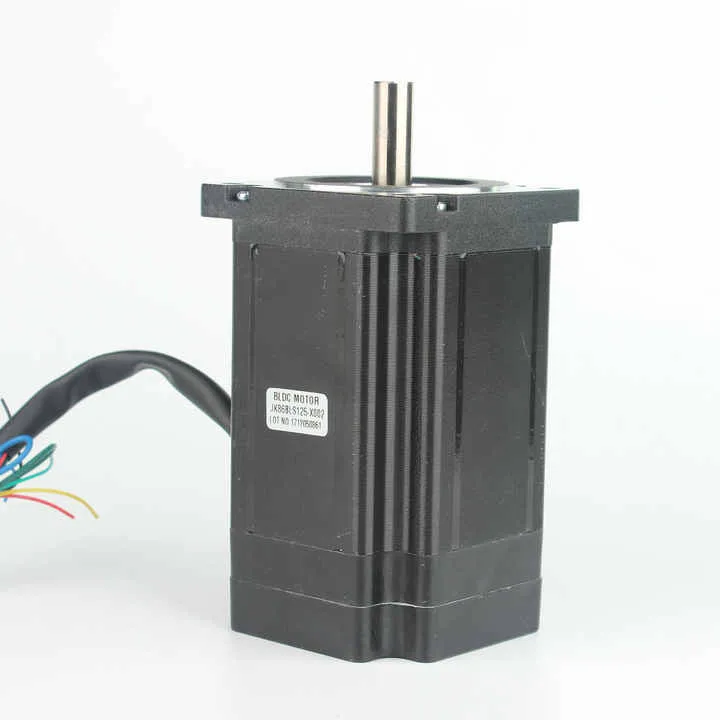asynchronous motor and synchronous motor
Asynchronous and synchronous motors are two fundamental types of AC electric motors that power various industrial applications. Asynchronous motors, also known as induction motors, operate based on electromagnetic induction between the stator and rotor. The rotor speed is slightly lower than the synchronous speed, creating a speed difference called slip. These motors are widely used in industrial machinery, pumps, and fans due to their simple construction and reliability. Synchronous motors, conversely, operate at a fixed speed synchronized with the power supply frequency. The rotor magnetic field rotates at exactly the same speed as the stator's rotating magnetic field. They excel in applications requiring precise speed control and high efficiency, such as large industrial drives, generators, and process line equipment. Both motor types feature robust construction with key components including a stator, rotor, shaft, and bearings. The main technological distinction lies in their speed control mechanisms and power factor characteristics, with synchronous motors offering superior power factor correction capabilities and precise speed control, while asynchronous motors provide better starting torque and simpler maintenance requirements.



